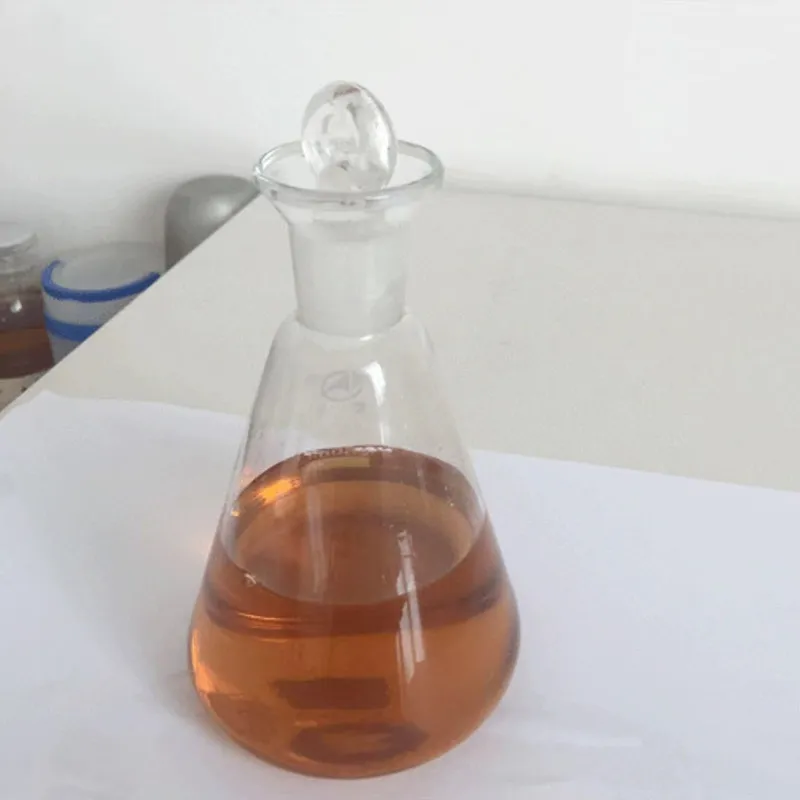
The Process of Producing Monosodium Glutamate in Food Industry Applications
The Process of Producing Monosodium Glutamate
Monosodium glutamate (MSG) is a widely utilized flavor enhancer that enhances the umami taste in various foods. Despite its controversial reputation, due to claims of adverse health effects, MSG is a staple in the culinary world and food industry. The process of producing monosodium glutamate involves several critical steps, each of which contributes to the final quality and safety of the product.
1. Raw Material Selection
The production of monosodium glutamate begins with the selection of high-quality raw materials. The primary ingredient is glutamic acid, which is an amino acid that occurs naturally in many foods such as tomatoes, cheese, and mushrooms. Traditionally, glutamic acid was extracted from these foods, but nowadays, the production process primarily relies on fermentation methods using carbohydrate-rich substrates like sugar cane, sugar beets, corn, and molasses. These substrates provide the necessary nutrients for the fermentation process.
2. Fermentation
The crucial step in MSG production is fermentation, which uses specific strains of bacteria, such as *Corynebacterium glutamicum*. These bacteria are capable of converting carbohydrates into glutamic acid through a fermentation process. In controlled environments, the chosen strain is added to the carbohydrate substrate along with necessary nutrients, including nitrogen sources and mineral salts. Under optimal conditions, including controlled temperature and pH, the bacteria metabolize the sugars to produce glutamic acid.
This fermentation process typically takes several days, during which the bacteria multiply and produce glutamic acid as a by-product. Monitoring the fermentation process is vital to ensure maximum yield and minimize the introduction of impurities.
3. Recovery and Purification
After fermentation, the next step is to recover glutamic acid from the fermentation broth. This is typically done through a series of filtration and centrifugation processes that separate the biomass (remaining bacterial cells) from the liquid containing glutamic acid.
monosodium glutamate process

Following separation, the glutamic acid undergoes purification, often through ion-exchange or crystallization techniques. This step is crucial as it ensures the removal of any unwanted compounds, resulting in a high purity level of glutamic acid. The purified glutamic acid is then neutralized with sodium hydroxide (NaOH) to produce monosodium glutamate.
4. Crystallization
Once the glutamic acid is neutralized, it is crystallized out of the solution. The crystallization process involves cooling the solution and evaporating water, which allows MSG to form crystals. These crystals are then collected via filtration, washed to remove impurities, and dried to produce the final product.
5. Quality Control
Quality control is an essential aspect of MSG production. Various tests are conducted to ensure the product meets food safety standards and regulatory requirements. These tests include checking for purity, consistency, and the presence of any contaminants. Only after passing these tests is the product packaged for distribution.
6. Packaging and Distribution
Finally, the purified monosodium glutamate is packaged in moisture-proof containers to preserve its quality. Once packaged, MSG is distributed to food manufacturers, restaurants, and retailers worldwide, where it is used in countless culinary applications.
In conclusion, the process of producing monosodium glutamate is a complex yet efficient method that leverages modern fermentation technology to create a sought-after food additive. Despite its mixed reputation, when produced under strict quality control measures, MSG remains a vital ingredient in enhancing flavors across a myriad of dishes globally. As the demand for flavorful food continues to grow, the production of MSG will likely remain an essential component of the food industry for years to come.
-
The Safety Challenges of Ammonium Nitrate FertilizerNewsJun.26,2025
-
The Critical Role of Mining ChemicalsNewsJun.26,2025
-
Shelf Life of Glacial Acetic Acid Food GradeNewsJun.26,2025
-
Enhancing PVC Longevity with 1,2,3-Benzotriazole InnovationsNewsJun.26,2025
-
China’s Dominance in Food Additive ProductionNewsJun.26,2025
-
Can Aluminum Hydroxide Replace More Toxic Alternatives?NewsJun.26,2025
-
PE and PP Plastics with Benzotriazole AdditivesNewsJun.12,2025
Hebei Tenger Chemical Technology Co., Ltd. focuses on the chemical industry and is committed to the export service of chemical raw materials.
-

view more DiethanolisopropanolamineIn the ever-growing field of chemical solutions, diethanolisopropanolamine (DEIPA) stands out as a versatile and important compound. Due to its unique chemical structure and properties, DEIPA is of interest to various industries including construction, personal care, and agriculture. -

view more TriisopropanolamineTriisopropanolamine (TIPA) alkanol amine substance, is a kind of alcohol amine compound with amino and alcohol hydroxyl, and because of its molecules contains both amino and hydroxyl. -

view more Tetramethyl Thiuram DisulfideTetramethyl thiuram disulfide, also known as TMTD, is a white to light-yellow powder with a distinct sulfur-like odor. It is soluble in organic solvents such as benzene, acetone, and ethyl acetate, making it highly versatile for use in different formulations. TMTD is known for its excellent vulcanization acceleration properties, which makes it a key ingredient in the production of rubber products. Additionally, it acts as an effective fungicide and bactericide, making it valuable in agricultural applications. Its high purity and stability ensure consistent performance, making it a preferred choice for manufacturers across various industries.











